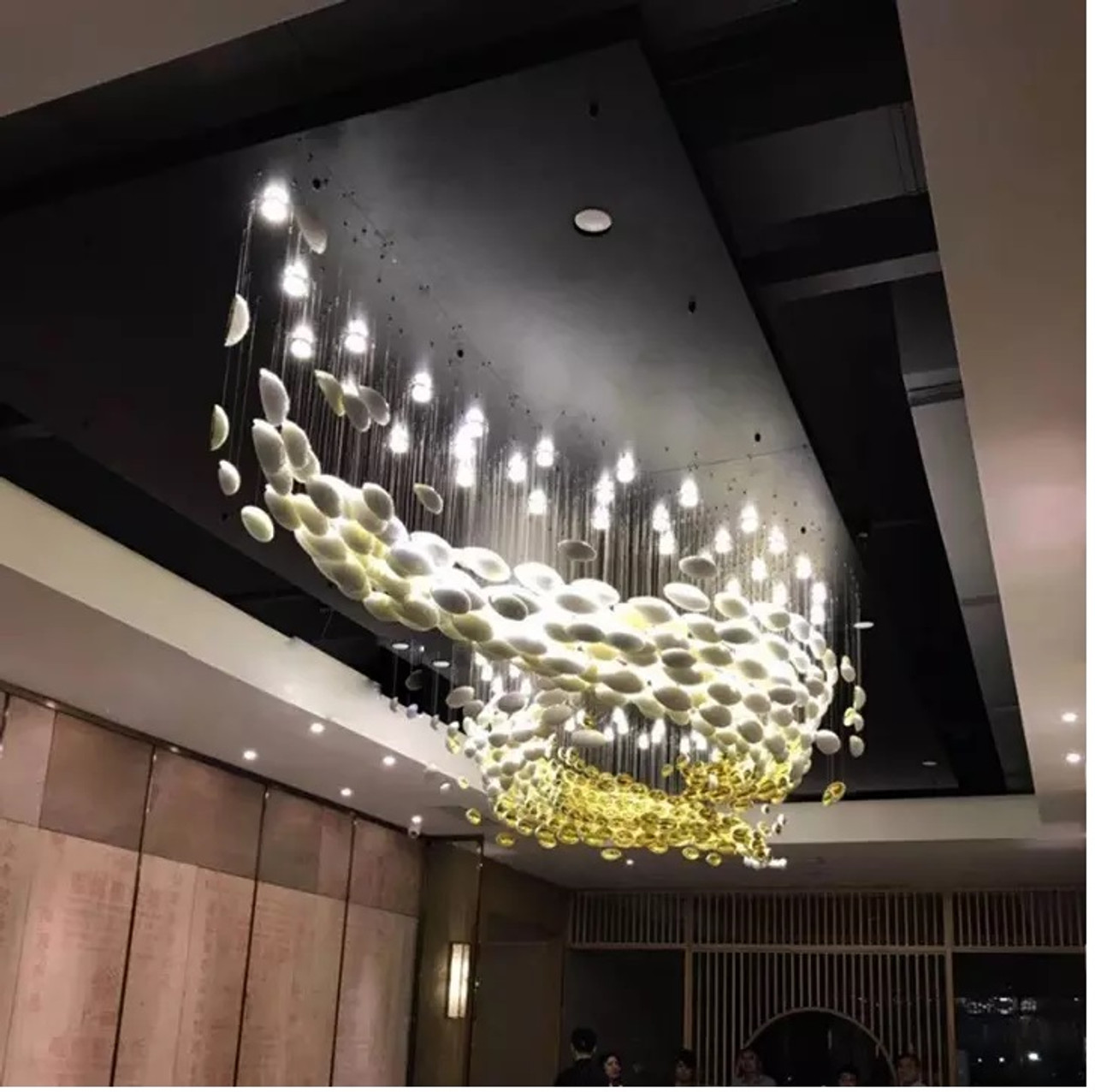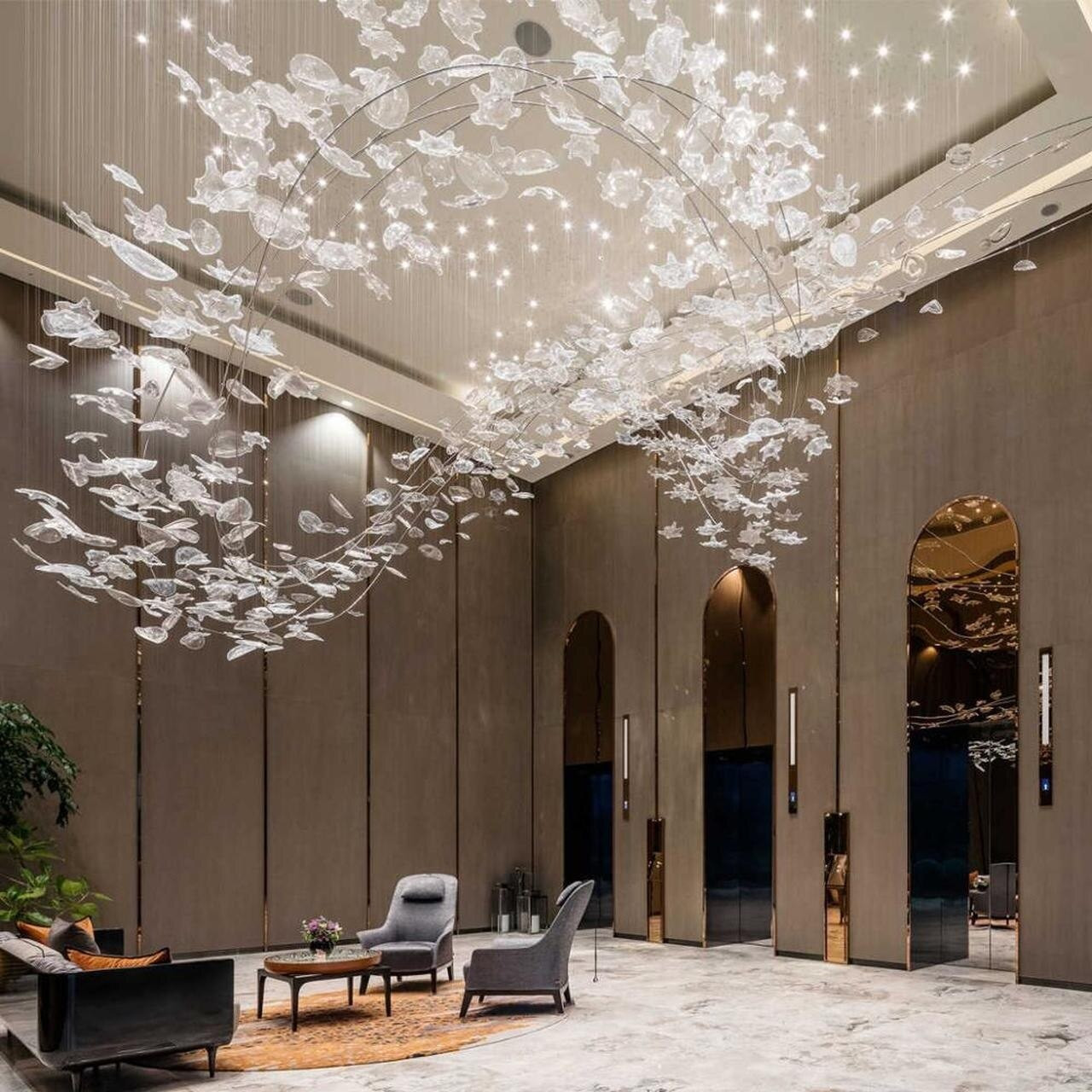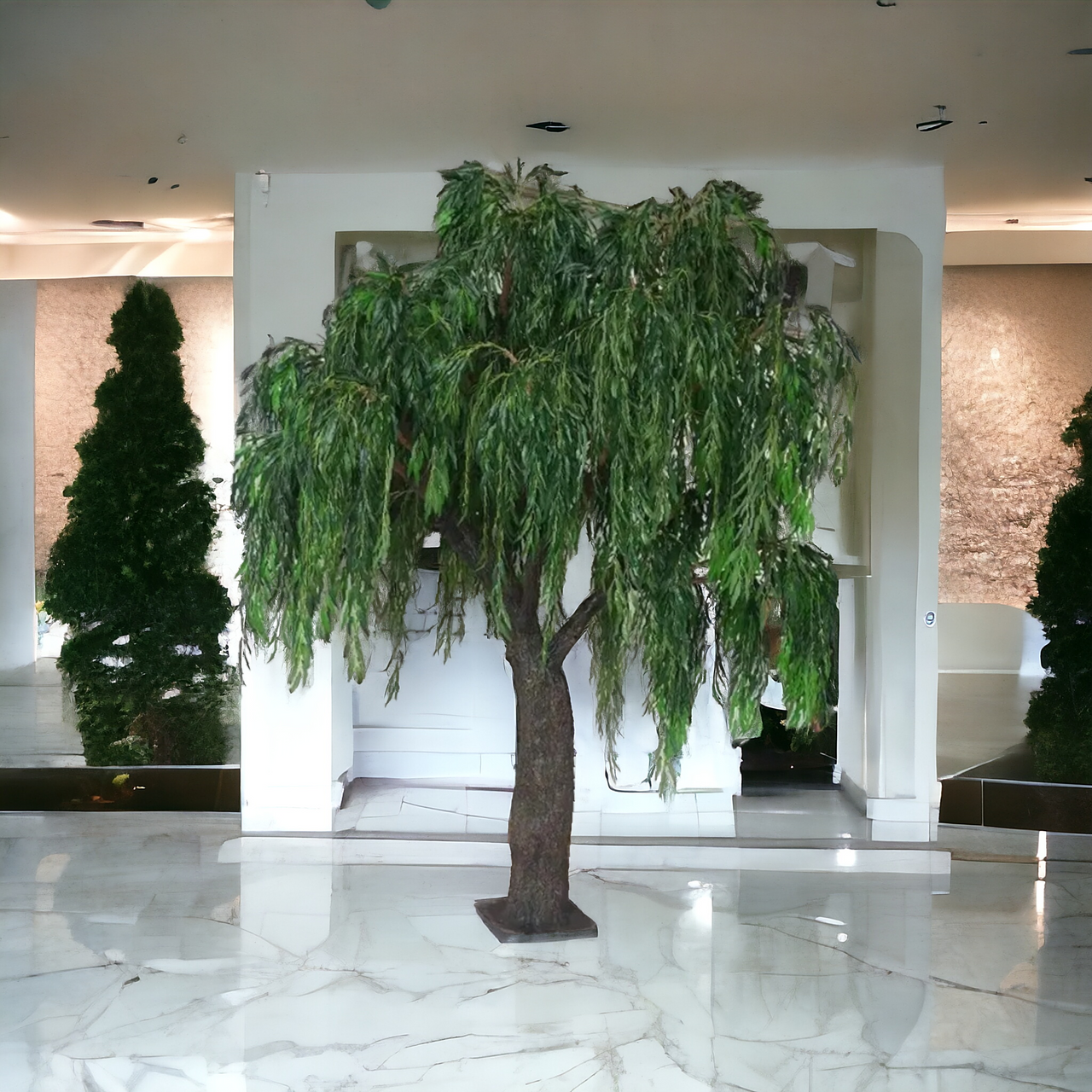What is Workplace 2.0 & Why You Need it For Workspace Design
27th Jul 2024
What is Workplace 2.0?
"Workplace 2.0" refers to a concept or movement towards a more flexible, technology-enabled, and employee-centric approach to the work environment. While not a term with a universally accepted definition, it generally encompasses several key trends and shifts in how work is structured and conducted. These may include:
- Remote and Hybrid Work Models: The traditional 9-to-5, in-office work model has evolved. Workplace 2.0 often includes remote work options or hybrid models, where employees can choose to work from home, from the office, or a combination of both based on their preferences and job requirements.
- Technological Integration: Advanced technology tools and platforms facilitate communication, collaboration, and productivity regardless of physical location. This includes the use of cloud computing, project management software, communication tools, and more.
- Employee Well-being and Flexibility: There is a greater emphasis on supporting the well-being of employees, recognizing that a healthy work-life balance is critical for productivity and satisfaction. This can include flexible working hours, mental health resources, and wellness programs.
- Collaborative Workspaces: For those who do work in physical offices, the design and layout of workspaces have evolved to encourage collaboration, creativity, and flexibility. This can include open-plan offices, communal work areas, and spaces designed for specific types of work.
- Culture and Engagement: A strong focus on company culture, employee engagement, and inclusion is key in Workplace 2.0. Companies are recognizing the importance of creating a positive work environment where employees feel valued, included, and motivated.
- Learning and Development: Continuous learning and professional development opportunities are integral, with organizations providing resources and tools for employees to gain new skills, advance their careers, and adapt to changing industries.
- Sustainability and Social Responsibility: Workplace 2.0 also incorporates a commitment to sustainability and social responsibility, with businesses taking steps to minimize their environmental impact and contribute positively to society.
- Data-Driven Decision Making: The use of data analytics and artificial intelligence in HR processes and decision-making helps optimize operations, improve employee experiences, and predict future workplace trends.
In summary, Workplace 2.0 represents a shift towards a more modern, flexible, and holistic approach to work, where employee experience, technology, and innovation are at the forefront of organizational strategies.
What types of lighting are used in workspace 2.0 workspace design?
Workspace 2.0 designs often emphasize flexibility, productivity, and well-being, integrating various types of lighting to create environments that support different types of work, enhance mood, and improve overall health. The main types of lighting used in such workspace designs include:
- Natural Lighting: Maximizes the use of daylight to enhance workspace illumination, mood, and energy levels. It involves strategic placement of windows, skylights, and transparent partitions.
- Ambient Lighting: Provides uniform light across the workspace, creating a base level of illumination to ensure visibility and comfort. It often uses overhead fixtures like LED panels and recessed lights.
- Task Lighting: Offers focused light to specific work areas for tasks requiring more precision, such as reading or detailed work. Desk lamps, under-cabinet lights, and adjustable arm lamps are common examples.
- Accent Lighting: Used to highlight architectural features, artwork, or plants, adding depth and character to the workspace. It can create focal points and contribute to the ambiance with track lights or wall-mounted fixtures.
- Biophilic or Circadian Lighting: Mimics natural daylight patterns, adjusting color temperature and brightness throughout the day to support circadian rhythms, boost productivity, and reduce eye strain.
- Ergonomic Lighting: Includes adjustable lighting solutions that can be customized for individual comfort, reducing glare and preventing eye strain.
- Interactive or Smart Lighting: Integrates technology to adjust settings based on occupancy, time of day, or specific tasks, often controllable via apps or sensors, enhancing energy efficiency and personal comfort.
Incorporating a mix of these lighting types allows for a dynamic and adaptable workspace that caters to the evolving needs of users, supporting various activities from collaborative projects to individual focused work, and promoting well-being through enhanced lighting quality and control.
The evolution of workplace design, often referred to as Workplace 2.0, has introduced various alternative design theories that prioritize flexibility, collaboration, employee well-being, and technological integration. These theories aim to create environments that foster productivity, adaptability, and a sense of community.
Are there any famous worplace designs using workplace 2.0 design theory?
Yes, there are several renowned companies and spaces that have adopted Workplace 2.0 design principles, embracing flexibility, innovation, and employee well-being in their office designs. These examples stand out for their commitment to creating environments that foster collaboration, creativity, and a healthy work-life balance. Here are a few notable examples:
- Google Offices Worldwide: Google is famous for its innovative and employee-centric office designs that embody many Workplace 2.0 principles. Their offices feature open-plan workspaces, collaboration areas, recreational facilities, and biophilic design elements. Google's offices are designed to encourage creativity, spontaneous interactions, and a balance between work and play.
- Airbnb Headquarters in San Francisco: Airbnb's office design reflects its global community of hosts and travelers, with meeting rooms and spaces modeled after real Airbnb listings from around the world. The design promotes a sense of belonging and community, with open workspaces, communal tables, and private areas for focused work, embodying the flexibility and diversity of Workplace 2.0.
- Microsoft Campus, Redmond: Microsoft has been transforming its campus to support collaboration and flexibility. The redesign includes a variety of workspaces for different work styles, including open-plan areas, team rooms, and quiet zones. Their focus on sustainability and integration of technology also aligns with Workplace 2.0 principles.
- Deloitte Headquarters, Amsterdam (The Edge): Often cited as one of the smartest and most sustainable office buildings in the world, The Edge utilizes advanced technology to create a highly efficient and flexible working environment. It features a mobile app for workers to find parking spaces, book desks, and even adjust lighting and temperature, supporting an agile and responsive workplace design.
- LEGO Group's Office in Denmark: LEGO's office design emphasizes creativity and collaboration, with open workspaces, play areas, and flexible meeting rooms. The design incorporates colorful and playful elements, reflecting the brand's identity and encouraging a creative and dynamic work environment.
- Salesforce Tower in San Francisco: Salesforce's office includes mindfulness zones on every floor, open collaborative spaces, and a variety of workspaces to suit different tasks and preferences. The building also emphasizes environmental sustainability and features stunning views of the city, creating a workspace that prioritizes well-being and productivity.
These companies have embraced the shift towards more dynamic, flexible, and employee-focused workplace designs, setting a benchmark for organizations worldwide looking to adopt Workplace 2.0 principles.




